I've done a dataframe aggregation and I want to add a new column in which if there is a value > 0 in year 2020 in row, it will put an 1, otherwise 0.
this is my code and head of dataframe
df['year'] = pd.DatetimeIndex(df['TxnDate']).year # add column year
df['client'] = df['Customer'].str.split(' ').str[:3].str.join(' ') # add colum with 3 first word
Datedebut = df['year'].min()
Datefin = df['year'].max()
#print(df)
df1 = df.groupby(['client','year']).agg({'Amount': ['sum']}).unstack()
print(df1)
df1['nb2020']= np.where( df1['year']==2020, 1, 0)
Data frame df1 print before last line is like that:

Last line error is : KeyError: 'year'
thanks